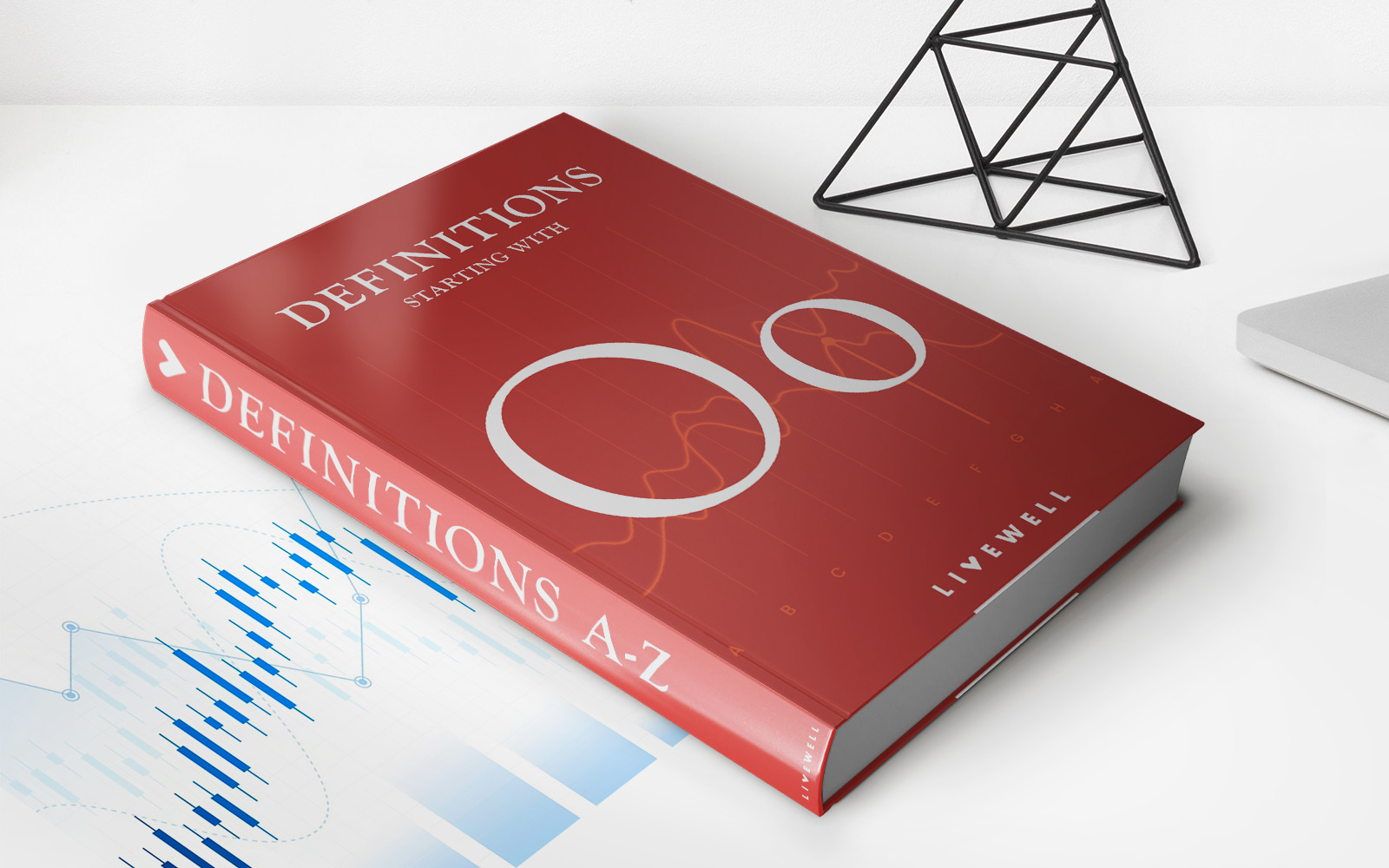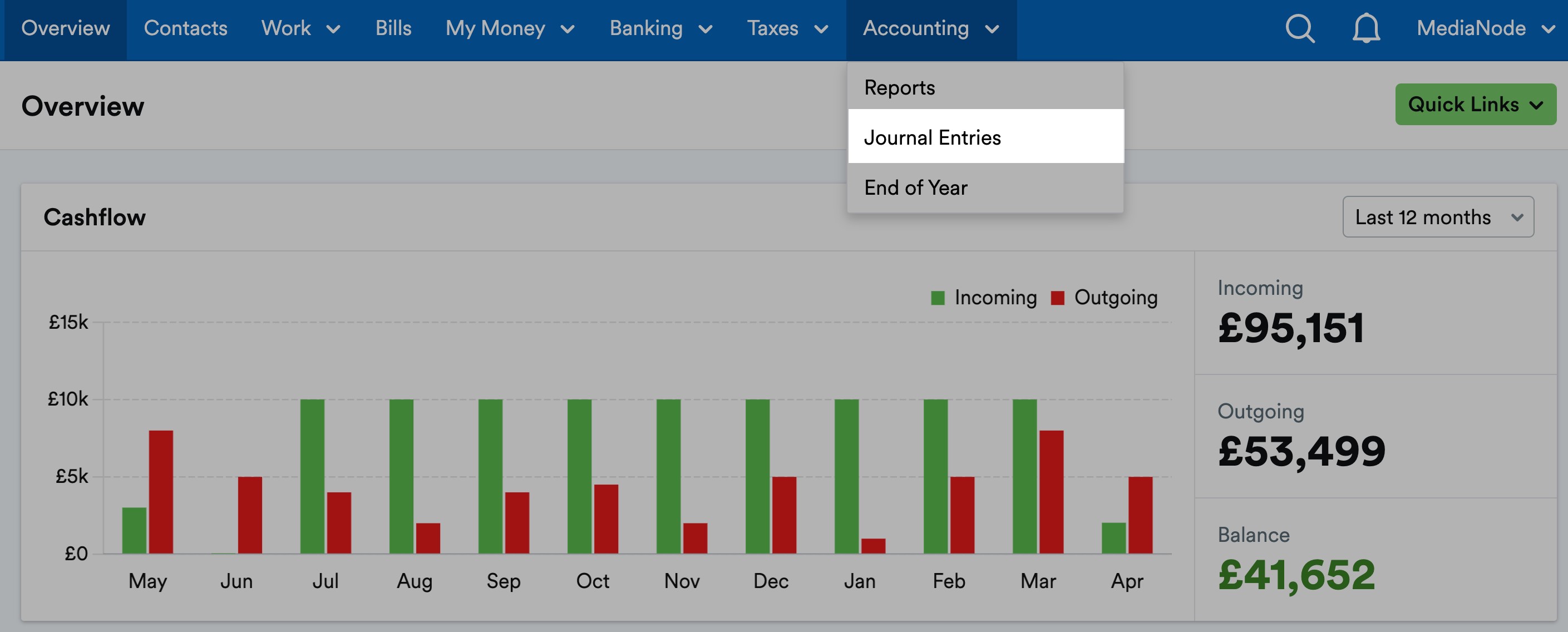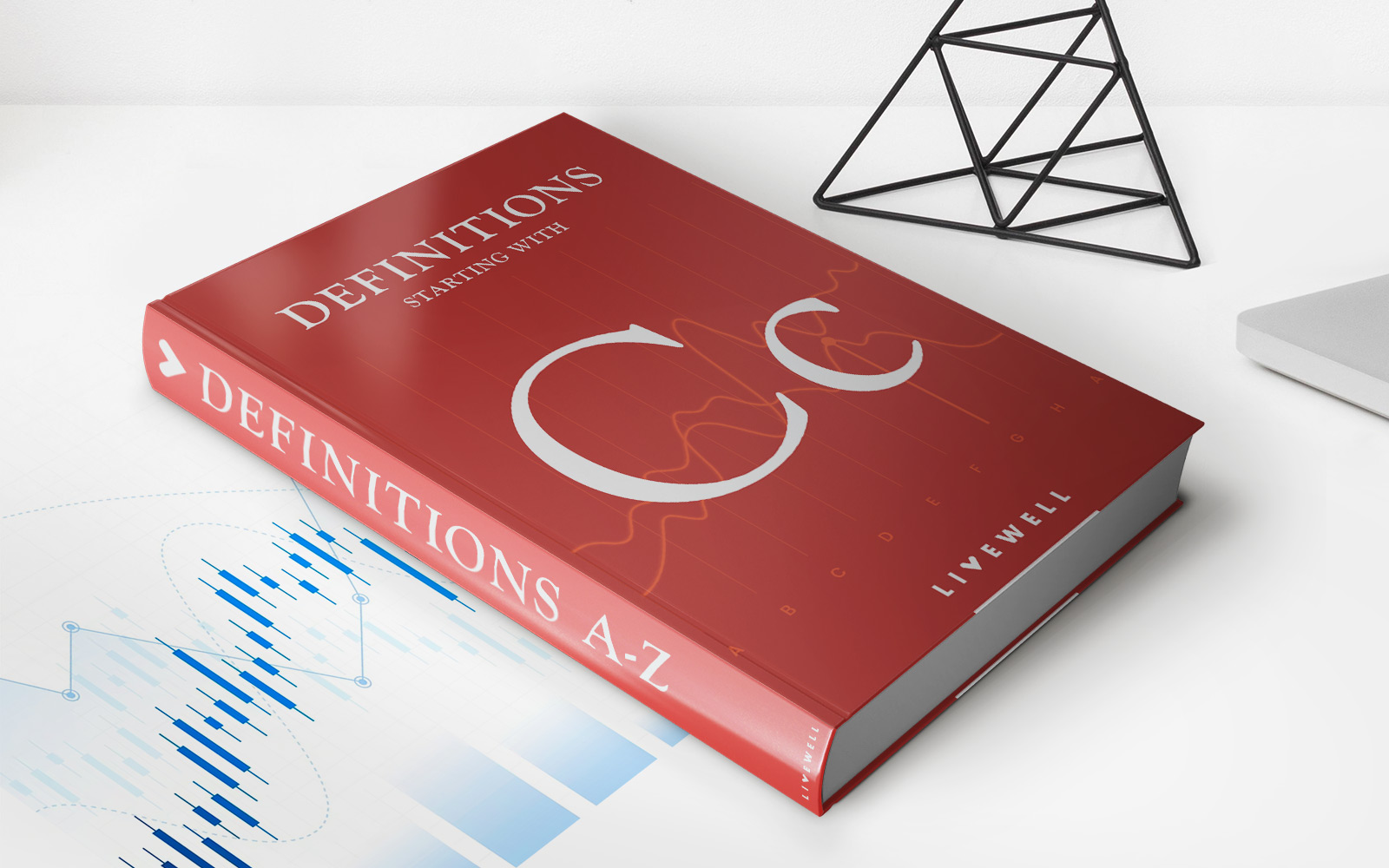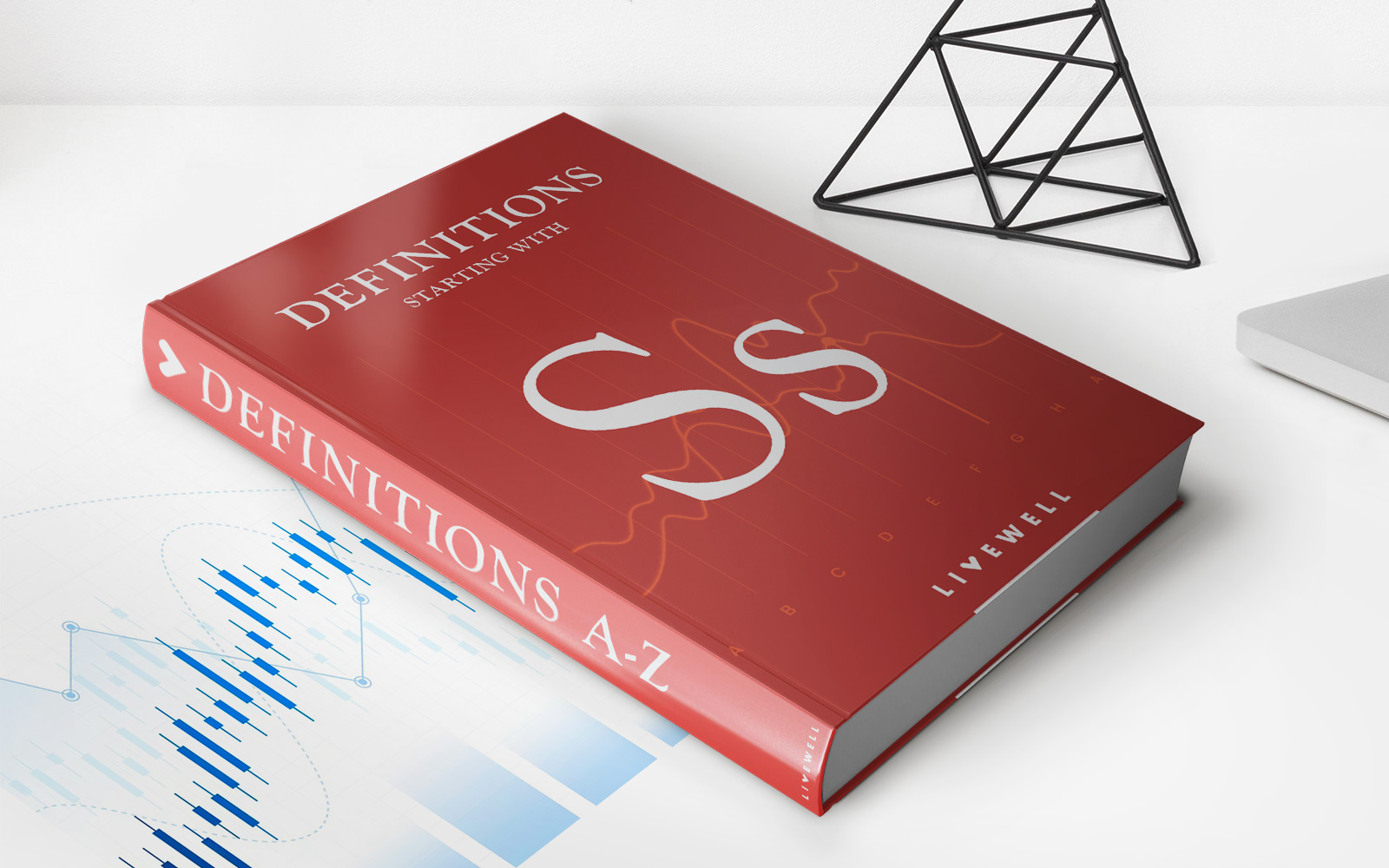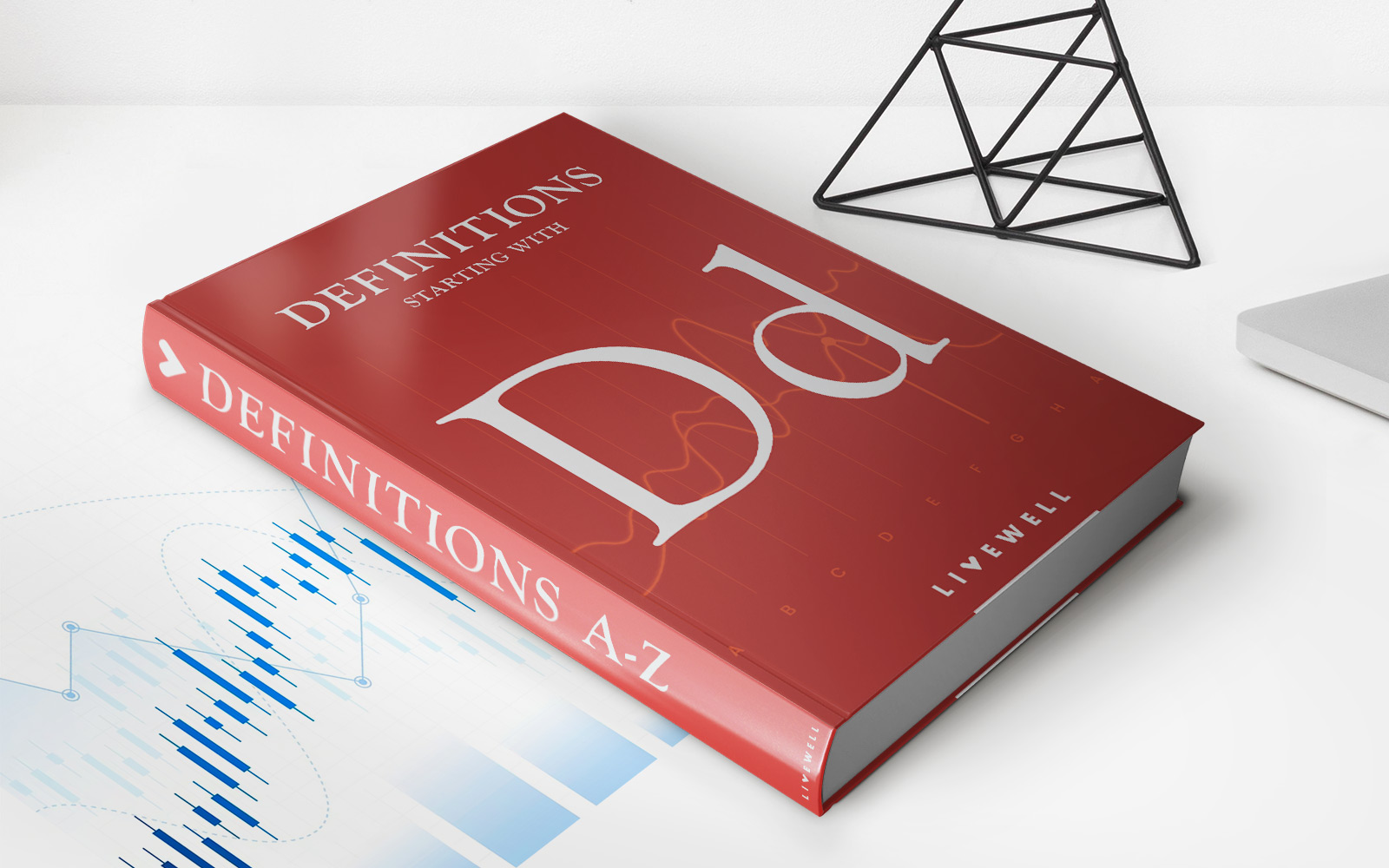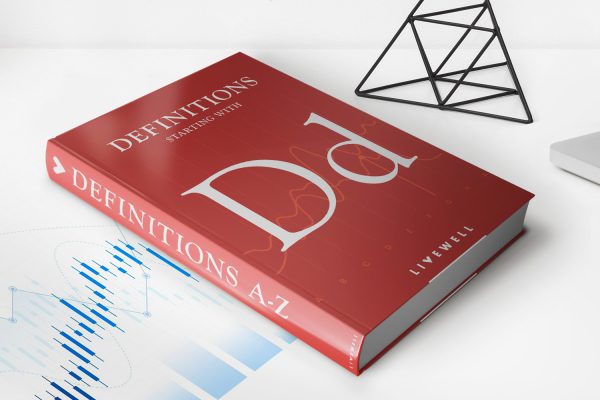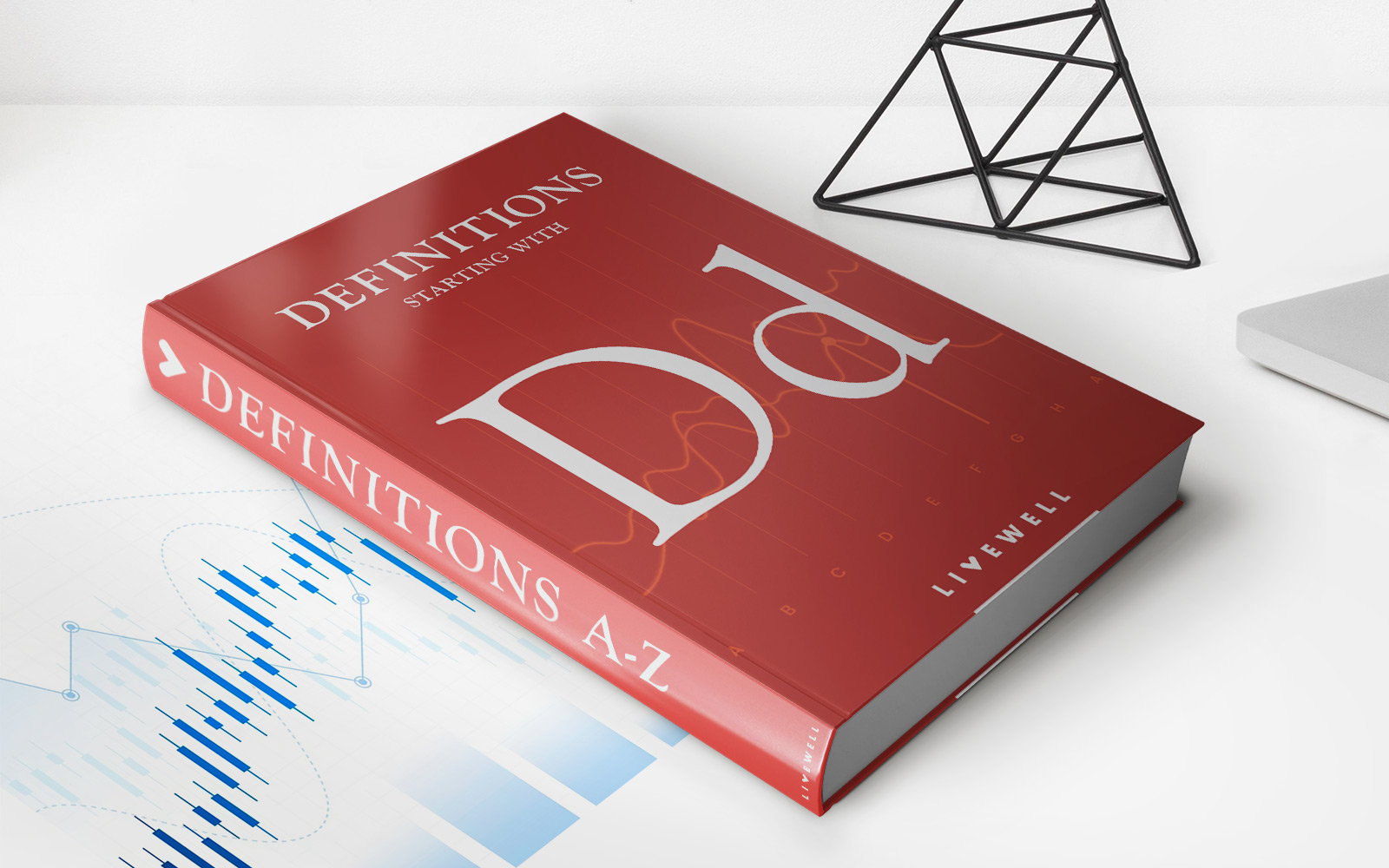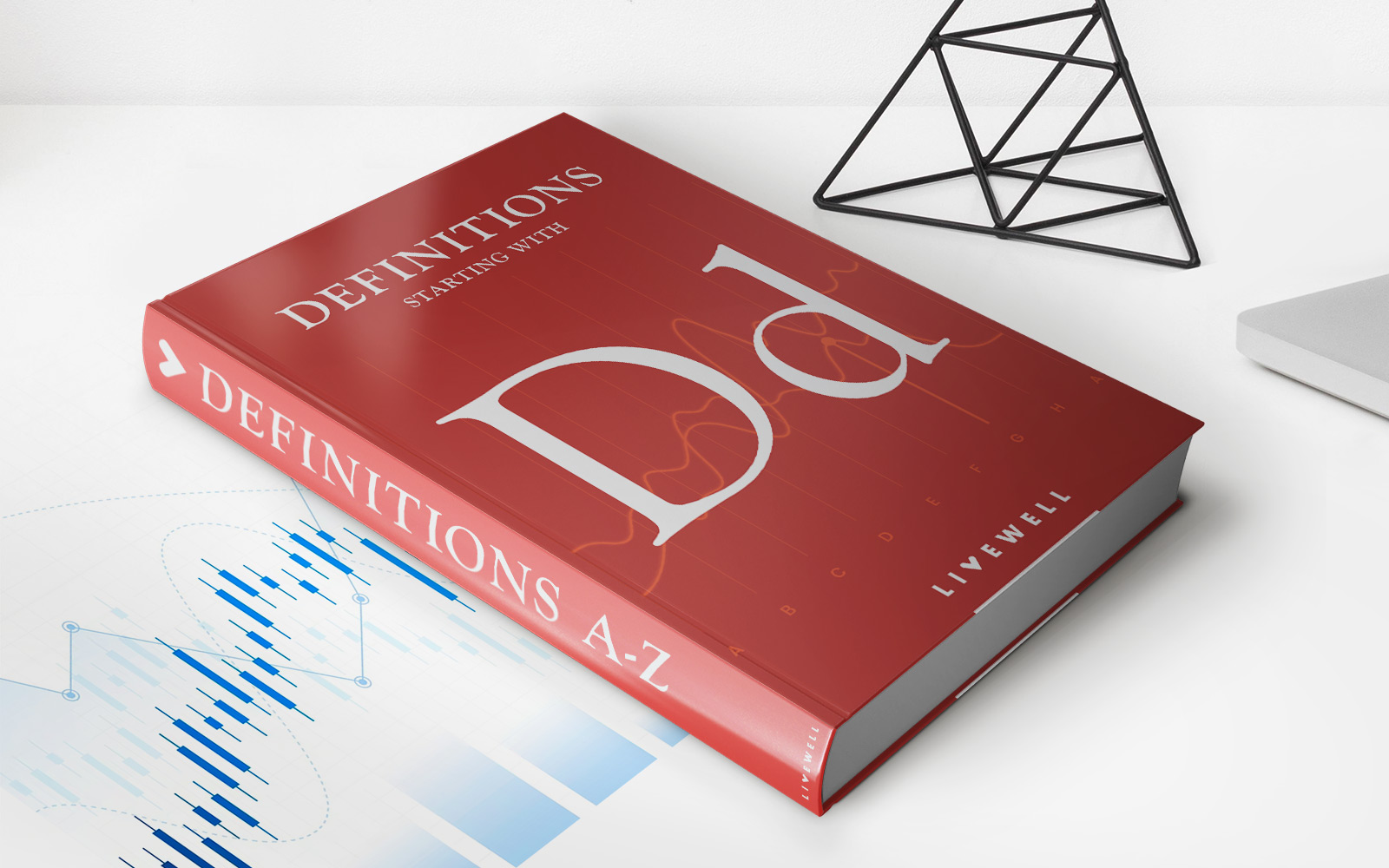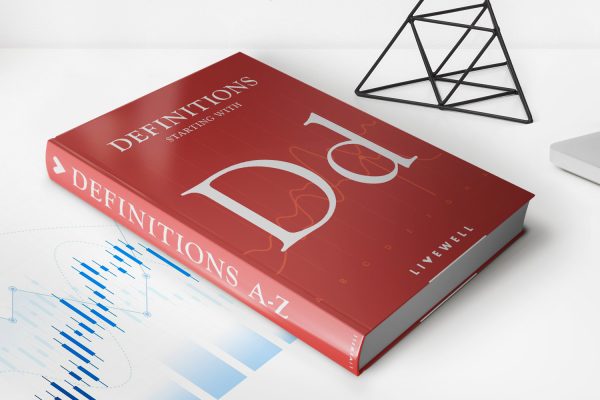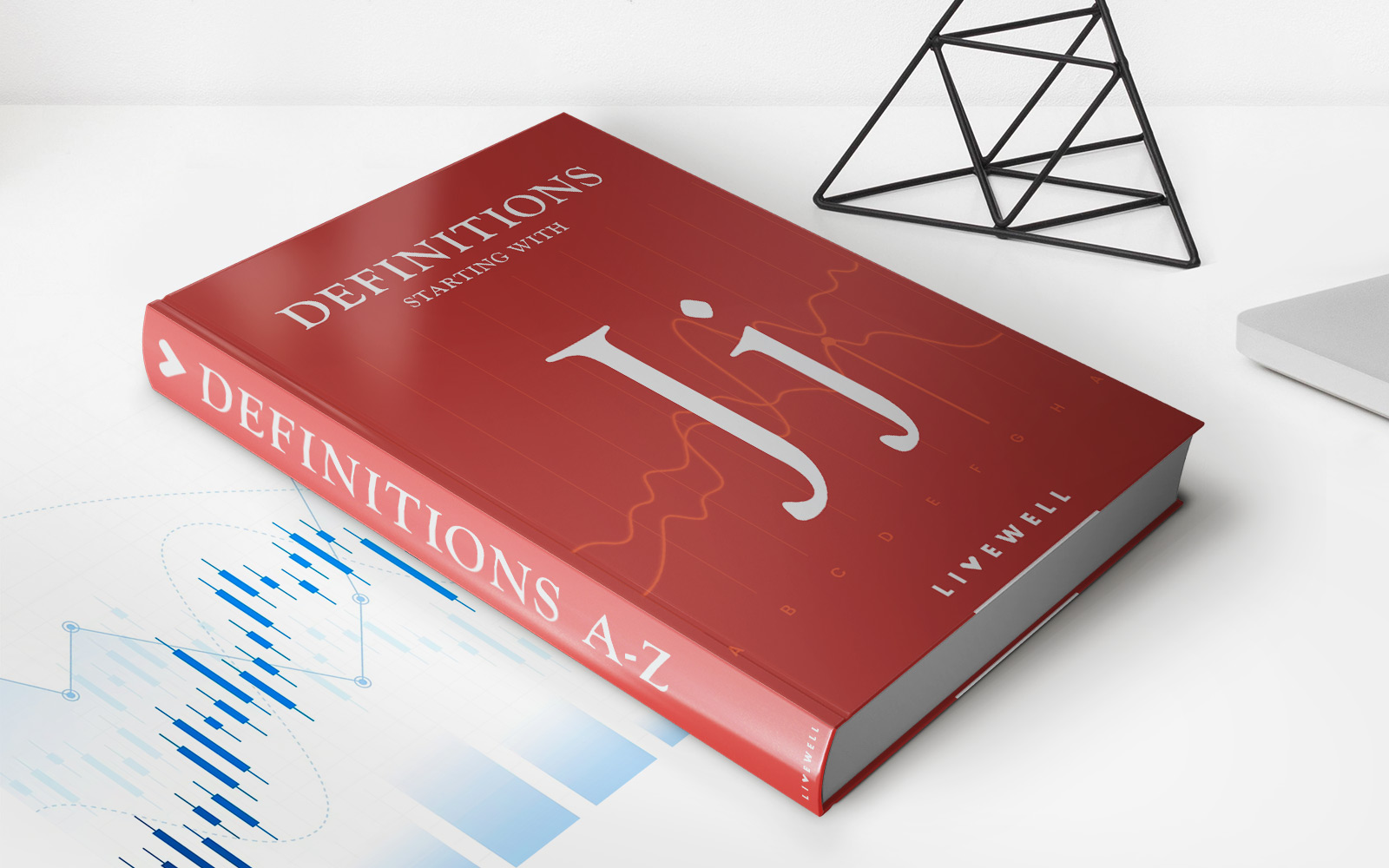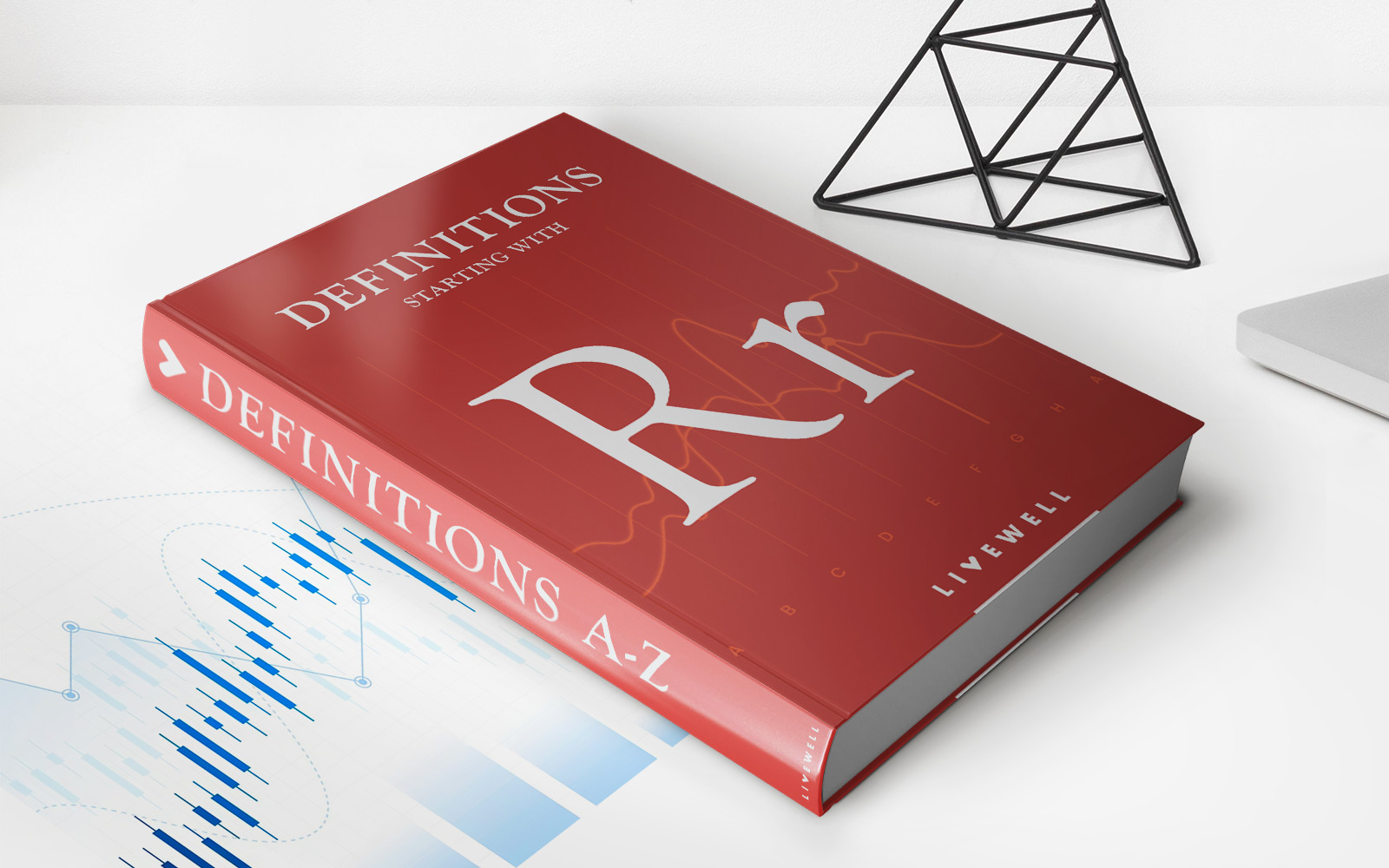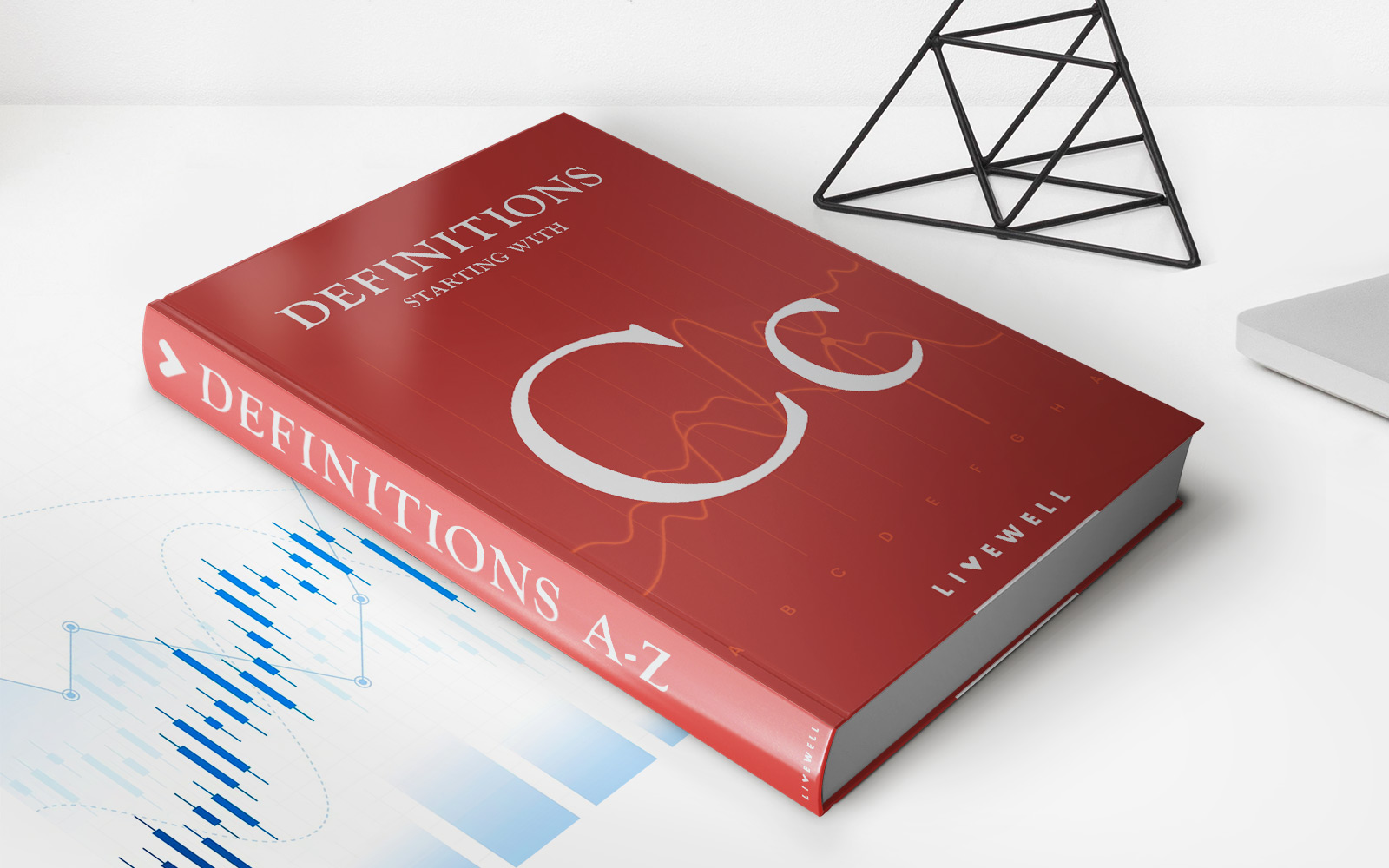Home>Finance>Debit Memorandum: Definition In Three Scenarios
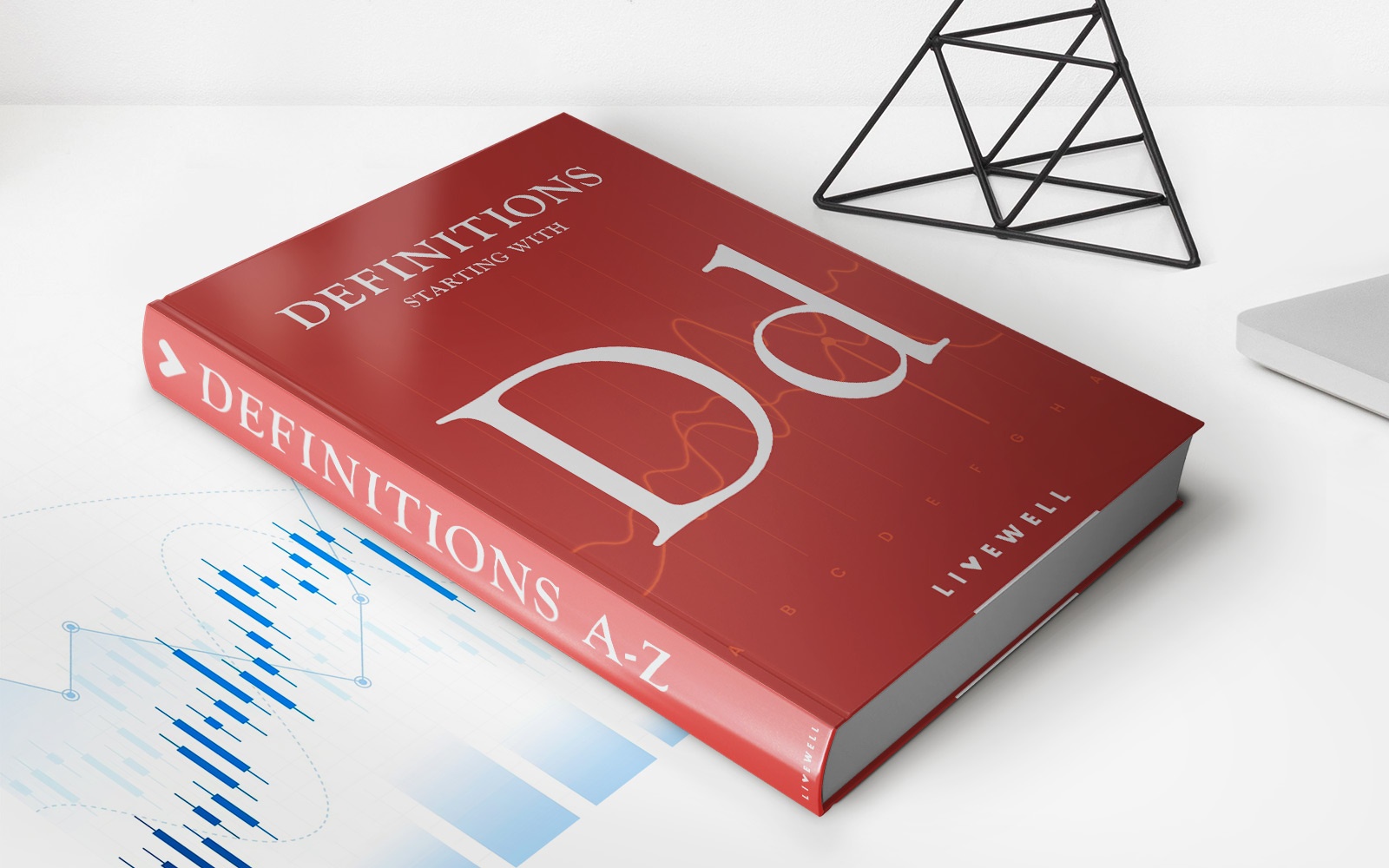

Finance
Debit Memorandum: Definition In Three Scenarios
Published: November 8, 2023
Learn what a debit memorandum is in finance and how it applies in three different scenarios. Gain a better understanding of this important financial concept.
(Many of the links in this article redirect to a specific reviewed product. Your purchase of these products through affiliate links helps to generate commission for LiveWell, at no extra cost. Learn more)
Debit Memorandum: Definition in Three Scenarios
Welcome to our Finance blog! In today’s post, we will explore the concept of Debit Memorandum and its three scenarios. Have you ever wondered what a Debit Memorandum is and how it can affect your financial transactions? Well, you’ve come to the right place. In this article, we will demystify this term and provide you with insights into its significance in the world of finance.
Key Takeaways:
- A Debit Memorandum is a document that indicates an increase in the amount owed by a party.
- It is commonly used in banking and finance sectors to rectify errors, track outstanding balances, or record adjustments.
Now that we have laid the foundation, let’s explore the definition of Debit Memorandum in three different scenarios:
1. Bank Transactions:
In the realm of banking, a Debit Memorandum is often utilized to record transactions that increase the amount owed by a customer or a business to the bank. This could include:
- A bounced check: If the bank returns a check unpaid due to insufficient funds in the account, they would issue a Debit Memorandum to the account holder.
- Bank fees: Debited fees, such as ATM charges, overdraft fees, or transaction fees, are commonly recorded using a Debit Memorandum.
2. Financial Statements:
When it comes to financial statements, a Debit Memorandum can play a crucial role in highlighting adjustments or errors. For instance:
- Accounting corrections: If an error is identified in a financial statement, a Debit Memorandum is used to rectify the mistake and adjust the financial records accurately.
- Adjustment entries: Sometimes, certain expenses or revenues need to be recorded in previous periods. A Debit Memorandum is used to make these adjustments and reflect them in the financial statements.
3. Purchase Returns and Allowances:
In the context of purchase transactions, a Debit Memorandum can be issued to initiate a return or acknowledge an allowance. This scenario often occurs when:
- Defective products are returned: If a customer encounters issues with a purchase and returns it, a Debit Memorandum is issued to record the return and adjust inventory levels accordingly.
- Allowances are granted: Sometimes, customers may receive allowances for damaged or imperfect goods without returning them. A Debit Memorandum is created to account for these allowances.
It is essential to understand that the specific applications of Debit Memorandum may vary depending on the industry, company practices, or accounting standards used. However, the underlying principle remains the same, which is to account for increases in the amount owed.
In conclusion, a Debit Memorandum serves as a vital tool in various financial situations, allowing businesses and individuals to accurately record and adjust their financial transactions. By understanding its three scenarios, along with their specific applications, you will be better equipped to navigate the complex world of finance.

